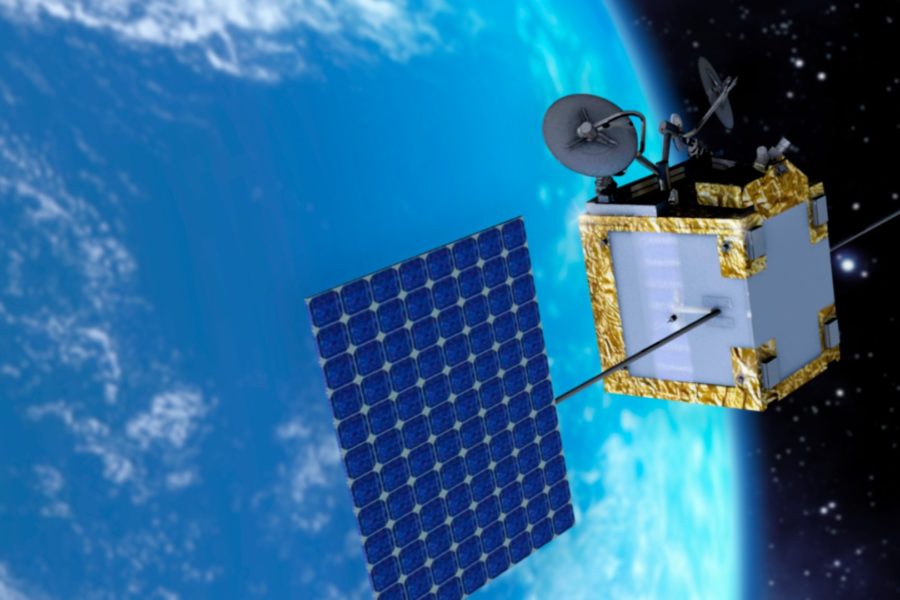A new experiment integrating commercial satellites with military networks for tactical and strategic communications is one of U.S. Northern Command chief Gen. Glen D. VanHerck’s priorities. The experiment should be concluded within the year, he said during a press briefing.
Speaking from Alaska with Pentagon reporters via telecom May 5, VanHerck said the $50 million experiment being conducted with satellite internet providers OneWeb and Starlink is “for additional communications capabilities in the Arctic.” If successful, the capability could fill “some of the gaps we see” in operating in the Arctic region.
“Starlink and OneWeb have fielded satellite constellations in low earth orbit to provide data and voice communications capabilities. The Department has been gracious enough to give us funding for terminals [that] we have … in some locations in the Arctic that we’re currently evaluating. Their viability and capability to provide the command and control that we need” is being evaluated “from a tactical level … all the way to the strategic level,” VanHerck said, adding that he was planning to visit one of those companies after the press event.
VanHerck and U.S. Strategic Command chief Adm. Charles “Chas” A. Richard were in Alaska for a number of conferences with allies and partners about operating in the Arctic.
“We’re going to … take a look at what” the satellite companies can “offer for us, and the capabilities, and how much they’re moving forward,” VanHerck added. “I look forward to continuing to partner with the department throughout this test to increase our communications capabilities.”
Asked what the next steps of the experiment will be, and on what timeframe, VanHerck said, “I think we’ll be done inside the year. The next step is to provide terminals through the services to integrate …platforms and capabilities, and also within communications nodes, such as command posts and operation centers, to allow us to share data and information, and also with our allies and partners.”
STRATCOM put the experiment on its unfunded priorities list in 2020, prompting Congress to grant the funding, VanHerck said.
“It is absolutely one of my priorities to move out with the testing we’re currently doing, [with] the terminals we’ve fielded right now,” he said.
The Air Force solicited companies to do such a commercial satellite communications demonstration in late January, to explore data and communications through geosynchronous, medium, and low orbit constellations, using a common terminal. The Air Force asked companies to make proposals that would allow switching between space internet providers at need and ruled out proposals that would rely exclusively on a single company or constellation.
The experiment is an outgrowth of an Air Force Research Laboratory program, started in 2017, called DEUCSI, for Defense Experimentation Using Commercial Space Internet. Between two and five additional, multi-band, multi-orbit experiments are planned over the next two years.
VanHerck said the capability is a crucial need above 55 degrees north latitude. The arrangement is seen by the Air Force as a possible path to a quickly-fielded capability in the region, “on a par with” the kind of communications available at lower latitudes, the Air Force said in its January solicitation. The Air Force also said it will entertain proposals for companies that are launching new constellations but have not yet done so.
